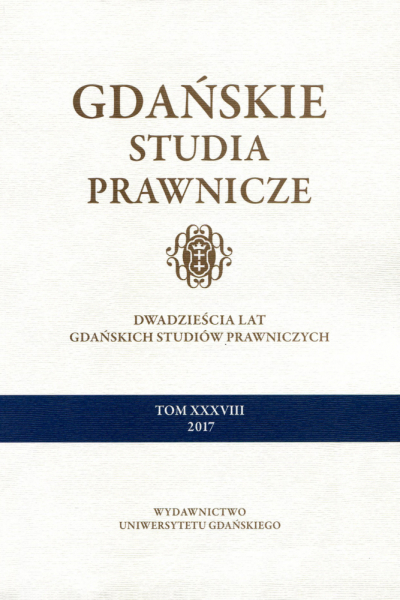Stolica Apostolska jako podmiot prawa międzynarodowego
Holy See as the Subject of International Law
Author(s): Grzegorz ŚwistSubject(s): Canon Law / Church Law
Published by: Wydawnictwo Uniwersytetu Gdańskiego
Summary/Abstract: The Holy See has obtained the subjectivity on the basis of international law in ancient times and possess it uninterruptedly until now. The article attempts to answer the question who is a subject of international law - the Holy See, the Catholic Church or the State-Vatican City. While trying to answer this question, it should be considered whether this may be a phenomenon of double or triple subjectivity. The answer to this question has been included in the Lateran Treaty of February 11, 1929, under which a completely newState - Vatican City was created. The parties to this Treaty were the Holy See representing the Catholic Church throughout the world and the Italian State, which guaranteed the territorial sovereignty of the Vatican in this Treaty. Under the Treaty, the Holy See has regained its subjectivity in international relations.The Holy See as an entity governed by international law concludes agreements and concordats, establishes diplomatic relations with various states and has diplomatic representations at international organizations. Like other subjects of international law, the HolySee can take legal actions internationally because it acts as a representative of the CatholicChurch throughout the world.In conclusion, it can be said that the Holy See is both the supreme authority of theCatholic Church in the world and the supreme authority of the State -the Vatican City. TheHoly See retains its neutrality in international relations. It often acts as a mediator in the peaceful resolution of disputes between states, both on its own initiative and at the request of interested parties.
Journal: Gdańskie Studia Prawnicze
- Issue Year: 2017
- Issue No: XXXVIII
- Page Range: 699-716
- Page Count: 18
- Language: Polish

